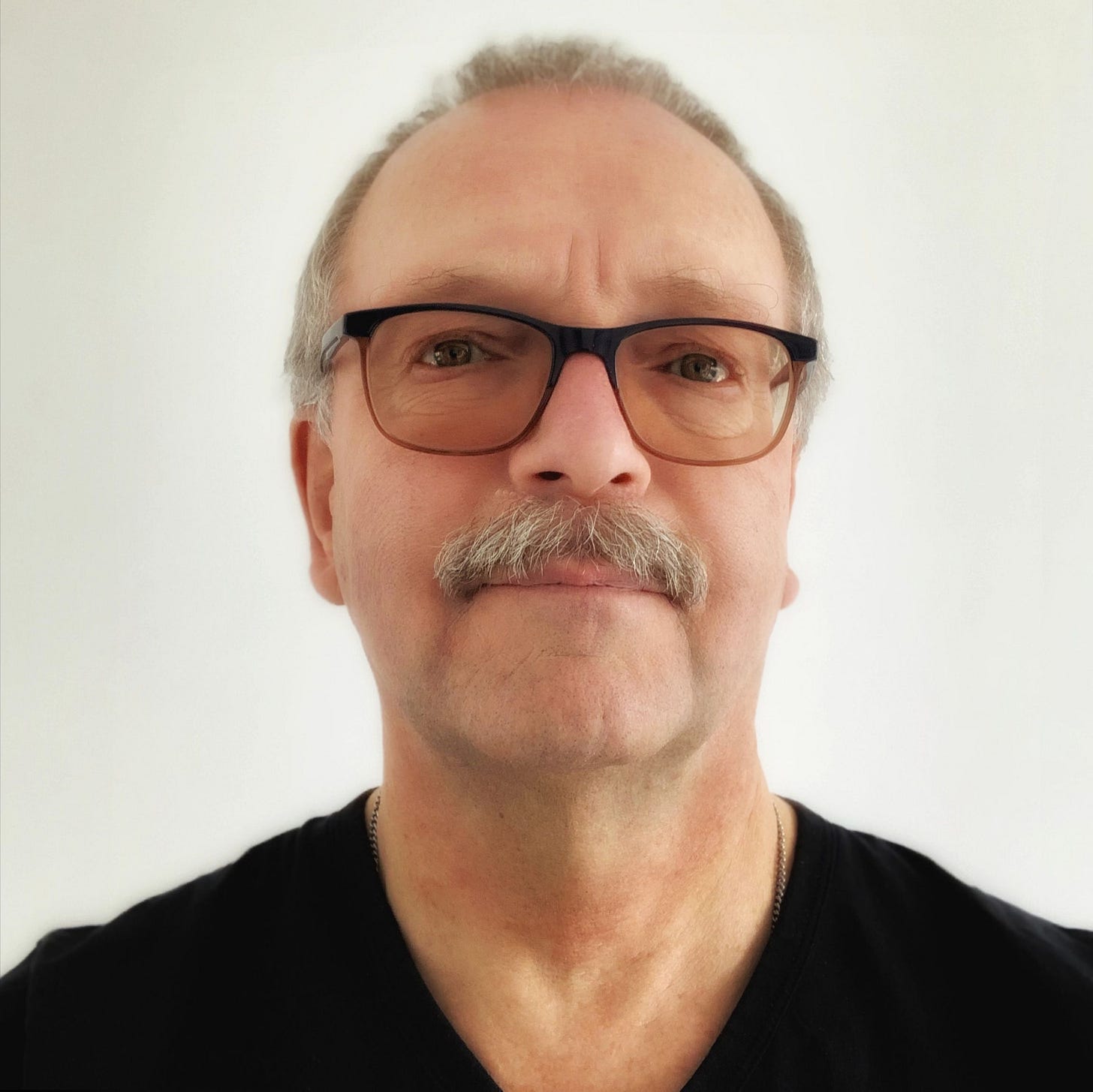The Dark Rooms of... Kees Molders
The Dark Rooms of... is an interview series in which a photographer talks about his or her darkrooms, the digital and the mental, or technical and inspirational. What makes you click?
In this fourth edition of The Dark Rooms of… we focus on Dutch photographer Kees Molders. If you haven’t read the other interviews, you can find them here.
Here we go.
Who are you?
Kees Molders, born and raised in Culemborg, the Netherlands (1955). Retired and busy with all kinds of things. I have been a hobby photographer since 1974. That means I grew up photographically with books on the New Topographics, the new American color photography and numerous magazines. I enjoy delving into photo criticism, photo reviewing and judging. I write articles about exhibitions, books and software, among other things, on my own website FotoCode.nl. My photo club is the Culemborg Photo Club Lek en Licht. I am also involved (off-topic) in historical cartography at a local historical society. When presenting the results of related studies, the knowledge of image editing comes in handy.
Technical
Do you think technique is important?
As an artist (cough) I am of course supposed to answer here that technique …
Keep reading with a 7-day free trial
Subscribe to Darkrooms to keep reading this post and get 7 days of free access to the full post archives.





